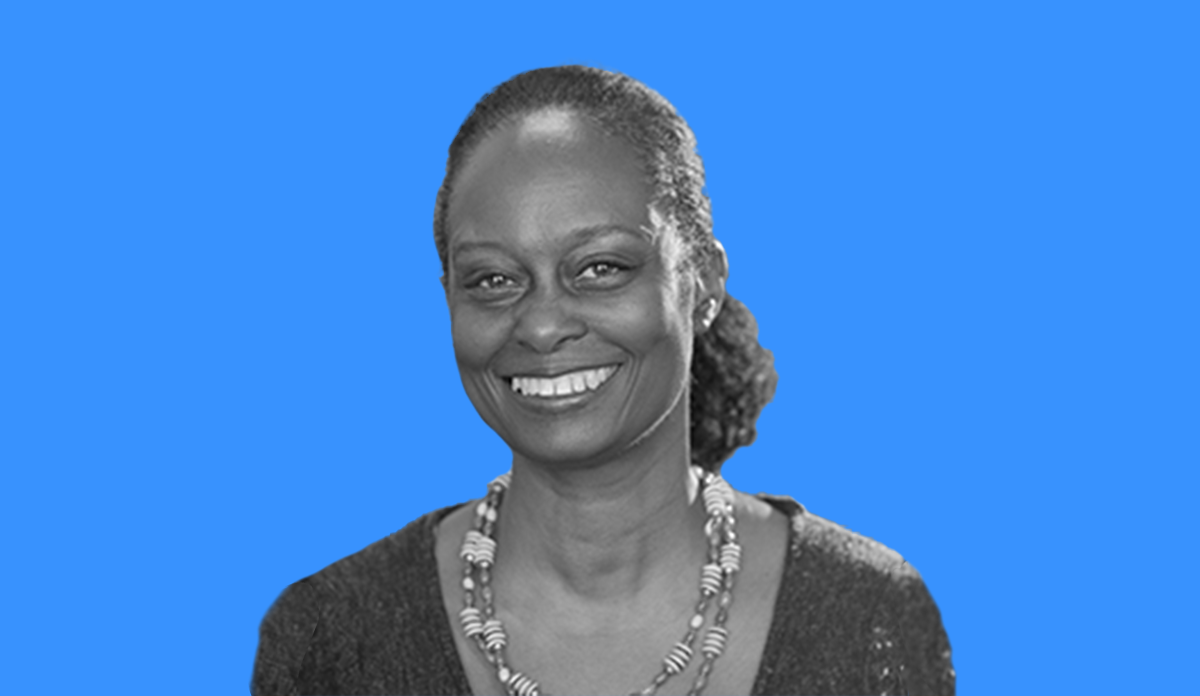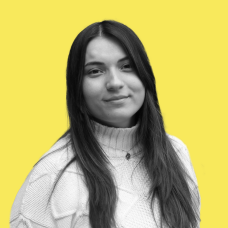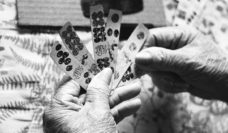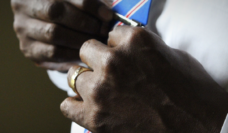As the population ages, more of us will help somebody – usually a relative – with basic needs because they can’t care for themselves. This care may take the form of assisting with bathing or dressing, taking medication, arranging transportation, and getting to doctor’s appointments. Currently, there are 38 million Americans spending about 36 billion hours caring for adults who have a chronic, disabling, or serious health condition.
Over time, caregiving will become more stressful. Family size is shrinking. Decades ago, there might have been six people available to help one older adult. Now, there are just three helpers per older adult.
And as older adults live longer with chronic diseases, they’re developing more cognitive impairments. Caring for somebody who has a cognitive impairment is difficult and can often lead to high levels of stress and depression for caregivers.
Caregivers already tend to have poorer health outcomes. Because of the psychological, physical, and financial impacts of caregiving, caregivers have higher levels of depression; they have reduced immune function; they’ve been shown, in some cases, to have higher rates of mortality.
The state of California, where Donna Benton directs the Family Caregiver Support Center at the University of Southern California, guarantees paid family leave in an effort to support family caregivers. California passed the Paid Family Leave Program in 2002, providing up to 8 weeks of leave for eligible employees to bond with new children or to care for an ill family member.
Benton sat down with Public Health Post to discuss the benefits of family leave for caregivers, how caregiving impacts health care, and how we can better support caregivers and the individuals they care for.
Public Health Post: What are the benefits of offering paid family leave?
Donna Benton: Most caregivers are juggling both work and care for their loved one. When caregivers can take leave to concentrate on family care and get things coordinated, it reduces presenteeism at work. They aren’t trying to juggle their working and caregiving responsibilities, so they’re more present when they’re at work.
Having a caregiver means that the person who is receiving the care probably won’t use as much of the health care system. So having that caregiver often saves the person money, but it also reduces overall cost for the health care system. The estimated economic value of unpaid family caregivers, according to AARP’s 2023 Valuing the Invaluable report, was $600 billion. That’s more than what’s in the current health care system – Medicare and Medi-Cal (California’s Medicaid program) combined. You can’t have long-term care without informal family caregivers. So it’s important to offer them support.
You direct USC’s Family Caregiver Support Center. Are there any resources that greatly benefit caregivers and the individuals they care for?
From our experience, we know the one thing that consistently rises to the top are support groups – in person or online. We have groups where it’s all spouses, all adult children, all male, or focused on a specific disease.
There’s also not enough respite. We have educational programs that help teach caregivers about the importance of stress management. But we need more funding for somebody who can come in and give caregivers a break. Caregivers really, really want and need that respite.
Finally, in our interviews with caregivers, they always say that they wish their physician had linked them to a social service agency – someone to help with end-of-life issues, legal issues. It may be that these are things physicians don’t know themselves, but caregivers trust physicians to know how to link them to a program that can help.
It’s important to keep in mind that caregivers often don’t self-identify as such. So not only is it vital for physicians to have a good list of referrals, but it will also fall on physicians to identify when patients are acting as caregivers or have caregivers.
When considering caregiving, how can public health professionals ensure that health services are meeting the needs of vulnerable or marginalized groups?
Part of equitable distribution is understanding who’s most at risk. For example, African American and Latino populations have higher rates of illness like Alzheimer’s disease and chronic diseases, which makes their caregiving and health care expenses higher.
By 2060, we’re going to have many more older adults. For minority cultures and people in rural areas, the numbers are going to be even higher. That will put much more pressure on families – they’re meeting challenges that weren’t there just 30 years ago. And as we get more diverse, it’s going to be even harder for our minority and rural populations that are geographically under-resourced.
It’s also important to make sure that these populations are part of the planning. Not everybody wants to read something online – some people like verbal back-and-forth or short, informational videos. There was a great program out of the USC School of Social Work, where they invited people to learn about Alzheimer’s through a talk show format. Latino populations have talked about caregiving and cognitive impairments through telenovelas or cartoons. We need to use different avenues – public clinics, non-traditional social service agencies, churches, other places that we hadn’t thought of before. We must bring education to the community, getting information out through non-traditional ways and into new places.
This interview was edited for length and clarity. Photo provided














